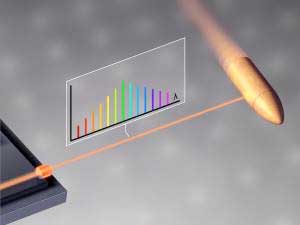
Tuesday, February 27, 2018
Optical distance measurement at record-high speed
Microresonator-based optical frequency combs enable highly-precise optical distance ranging at a rate of 100 million measurements per second.
A marriage of light-manipulation technologies
Researchers have, for the first time, integrated two technologies widely used in applications such as optical communications, bio-imaging and Light Detection and Ranging (LIDAR) systems that scan the surroundings of self-driving cars and trucks.
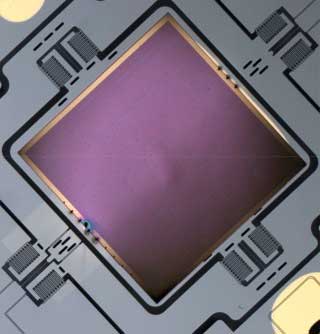
Ultra-fast graphene photonics for next generation datacomms
On show for the first time at the GSMA Mobile World Congress are two graphene based photonics devices which give a glimpse into the future of data communications.
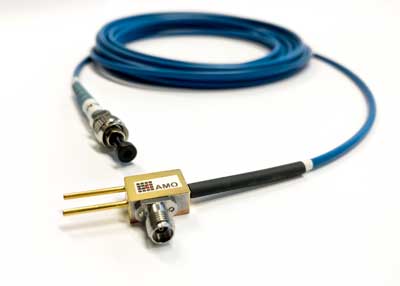
Optical emission of two-dimensional arsenic sulfide prepared in plasma
Researchers demonstrate for the first time optical emission of two-dimensional 'beyond graphene' arsenic sulfide prepared in plasma.
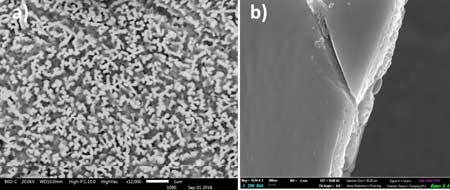
Squid skin could be the solution to camouflage material
Scientists have turned the animal's pigment particles into spools of fiber that can be used for a number of things.
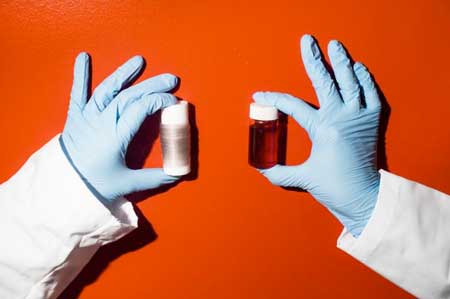
Individual quantum dots imaged in 3-D for first time (w/video)
Researchers have developed an imaging technique that uses a tiny, super sharp needle to nudge a single nanoparticle into different orientations and capture 2-D images to help reconstruct a 3-D picture.
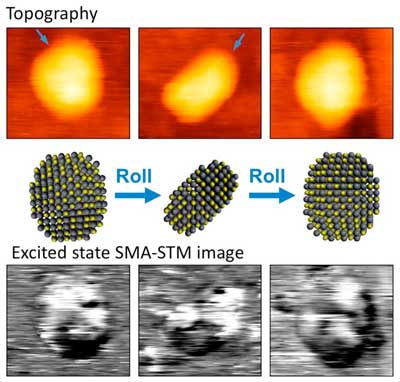
Supercomputer model reveals how sticky tape makes graphene
Researchers have explained for the first time the mystery of why adhesive tape is so useful for graphene production.
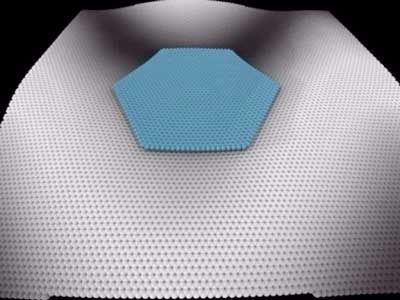
Optical properties of 2D materials could advance infrared technology
Scientists have studied the optical characteristics of a special type of material made of a single layer of phosphorus atoms for the benefit of detecting and interacting with infrared light.
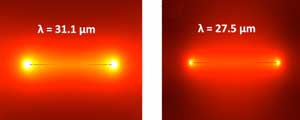
Wile E. Coyote's fall inspires development of new properties of silicon
An international team of scientists has discovered a new type of silicon that could be used to control light beams in a new kind of photonic chip - a chipset where information is carried by light beams rather than electrical currents.

Super-resolution microscopy in both space and time
A research team has developed a technique that can perform both 3D super-resolution microscopy and fast 3D phase imaging in a single instrument.
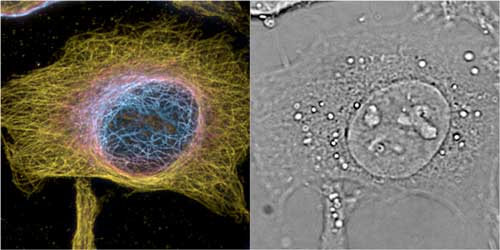
Subscribe to:
Posts (Atom)
